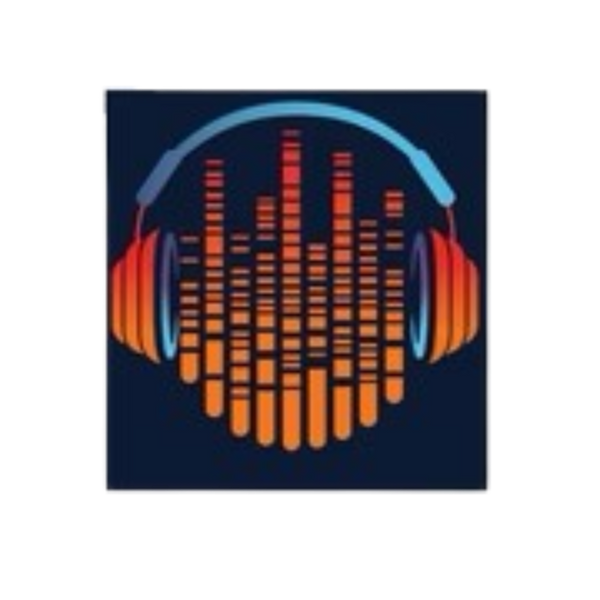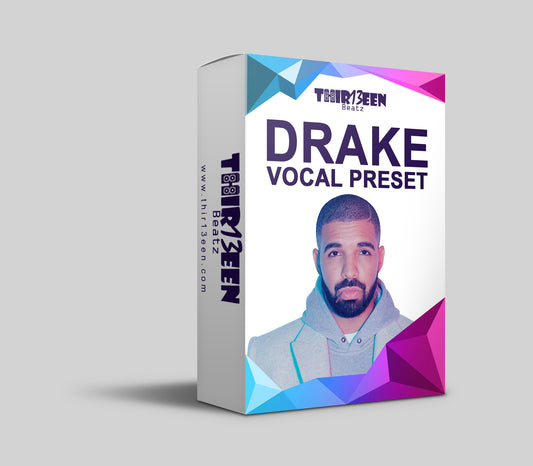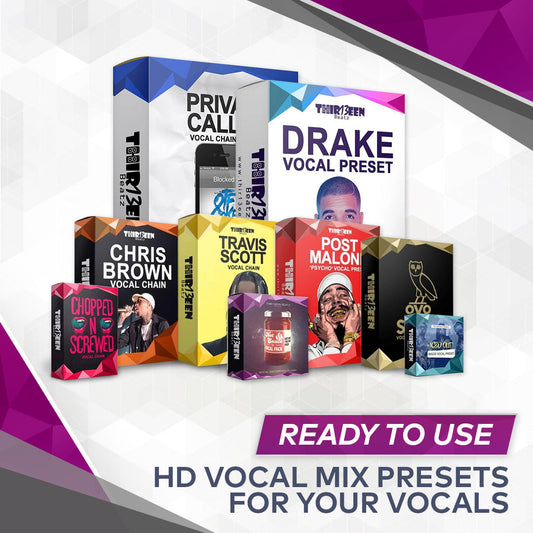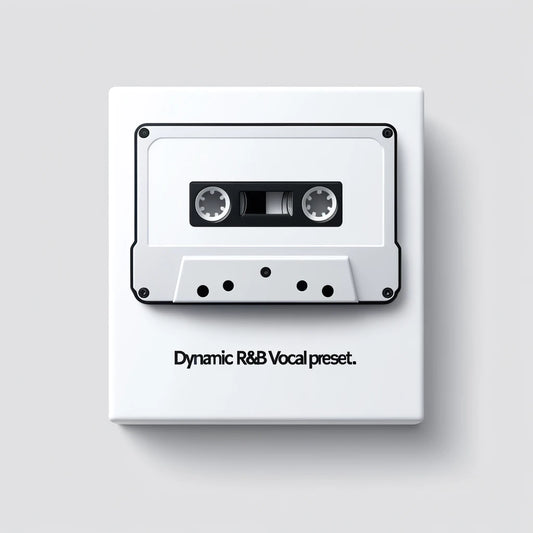If you’re a music artist and want to set up a home recording studio, this post will probably help you make some choices about what equipment you need to get started.
Pro audio equipment is not cheap, so it’s a good idea to do your research before you buy stuff. If you’re not too sure about whether you want to get into such an investment or not, you can always book a studio session and record your music.
If you have already tried this and are looking for more control over the creative and technical aspects of the process of making music, setting up a home recording studio might be a good idea.
The quality of your recordings depend on your microphone, cables, interface, DAW and the recording space.
A basic digital recording setup requires you to purchase a computer/laptop, a digital audio workstation, a microphone, an audio interface, studio monitors and cables.
Soundproofing and acoustic treatment are also of prime importance.
The gear you end up buying and the kind of acoustic treatment you go for depends largely on what kind of output quality you’re looking for and of course, your budget.
Computer/Laptop:
Windows PCs are a budget-friendly option that serve the purpose well if the configuration is good.
You can buy yourself a PC with 8-16 GB RAM, i7 quad-core processor and 1 TB Storage.
If desktops are not your thing, you can buy a laptop for portability and convenience, but this comes at the cost of reduced performance and added costs.
When comparing any desktop and laptop having the exact same specifications, you will find that the desktop version is cheaper and has better overall performance.
If you prefer Macintosh, and have a slightly higher budget, consider a MacBook Pro (16 GB RAM, i7 processor, 256GB SSD. Avoid MacBook Air and MacBook since they are meant for light use.
If money isn’t a constraint, you could go for a Mac Pro or an iMac Pro. They are expensive.
If you’re only doing small recordings for yourself or your friends, you probably won’t need this.
But if you are into serious music production or big recording sessions, its a good investment.
Digital Audio Workstation:
There are plenty of digital audio workstations out there.
f you’re only into recording and not into the mixing, mastering or other music production processes, you can consider using audacity, a free recording software.
However, note that this does not have the scope of a full fledged DAW. Some of the DAWs which do a great job of recording are Cubase, Reaper, Logic Pro and Studio One.
One of the most popular DAWs used for professional recording is Pro Tools (HD). However, it is a bit pricey.
Each DAW comes with a different set of stock, in-built plugins. They also have slightly different workflows. Explore and see which one works best for you.
Audio Interface:
You can think of an audio interface as a sound card. It is used to connect your microphones and speakers to the computer using cables.
It connects to the computer via USB, FireWire or Thunderbolt (Thunderbolt is only for Mac). You can also connect your guitar or keyboard to the interface with these cables.
Any interface which has 2 inputs and 2 outputs is a good starting point if the aim is to record voice/solo instruments.
The Focusrite Scarlet 2i2 and Steinberg UR22 are amongst the most popular 2-input 2-output budget interfaces.
However, if your budget permits and you are all after quality, you can check out interfaces by MOTU, Apollo, RME and others.
Microphone:
Its important to have a good microphone, but its more important to have a good room.
We’ll talk about the room a little ahead but as far as microphones are concerned, there are two primary choices you have: condenser mic or dynamic mic.
Condenser mics pick up more detail, so they can get you a crisp sound.
However, they need to be used in well isolated spaces so that they don’t pick up too much room noise.
They are also quite sensitive and must be handled with care. Dynamic mics are much more robust.
They don’t pick up much room noise, but they lack the detail of a condenser mic.
There are other kinds of microphones as well, like ribbon, etc. but they are not essential for a simple home studio setup.
One of the better condenser microphones under 250$ is the Rode NT1A. Another good option is the Audio Technica AT2020.
If you have a higher budget, you can try the AKG C214, AKG C414, Neumann TLM103 and others.
Having a few good microphones of both dynamic and condenser types will add a lot of versatility to the recording process, and using a combination of them while recording anything can result in a rich sound.
Soundproofing
The purpose of soundproofing is to isolate the room from external noises, and also ensure that sound from inside the room doesn’t leak out.
Materials like rock wool, fiberglass, and other mineral wool act as sound absorbers.
If the budget for soundproofing is not much, try adding heavy curtains (made of quilted fiberglass or rockwool) to the door or placing a thick carpet on the floor.
Acoustic Treatment
A home studio setup is usually used for recording vocals or other solo instruments. For that, the cost of constructing such a room with good acoustics depends on the size of the room and the kind of acoustic treatment you opt for.
This is done to reduce/eliminate ringing and flutter echo, and unwanted reflections. If you are on a tight budget, a simple trick to cover it up would be to use close-miking techniques while recording anything.
This reduces the room sound by a fair amount, and also makes the performance sound up close and intimate.
Cables
Buying a few XLR and TRS cables would suffice. If you’re only recording vocals, you may not need TRS cables.
Since cables are an important connector between microphone/instrument and audio interface, its important to purchase good quality cables.
Nuetrik cables are very good; they are sturdy and last long.
Headphones
Audio Technica and Sennheiser make very good monitoring headphones.
Its worth checking out some of their stuff.
If you are going to be using your headphones to monitor your recordings, you should be looking for headphones that don’t color the sound.
Studio Monitors
Studio monitors usually give you a more transparent picture of the sound compared to other systems, provided the room is acoustically treated.
If the treatment is not good enough, it may not sound right.
In such cases, using studio headphones is recommended. Another factor to consider would be the size of the room and the size of the monitors. If the room is small, purchasing big monitors (8” or higher) is inadvisable.
Let me know what your budget is for your home recording studio? comment below!









